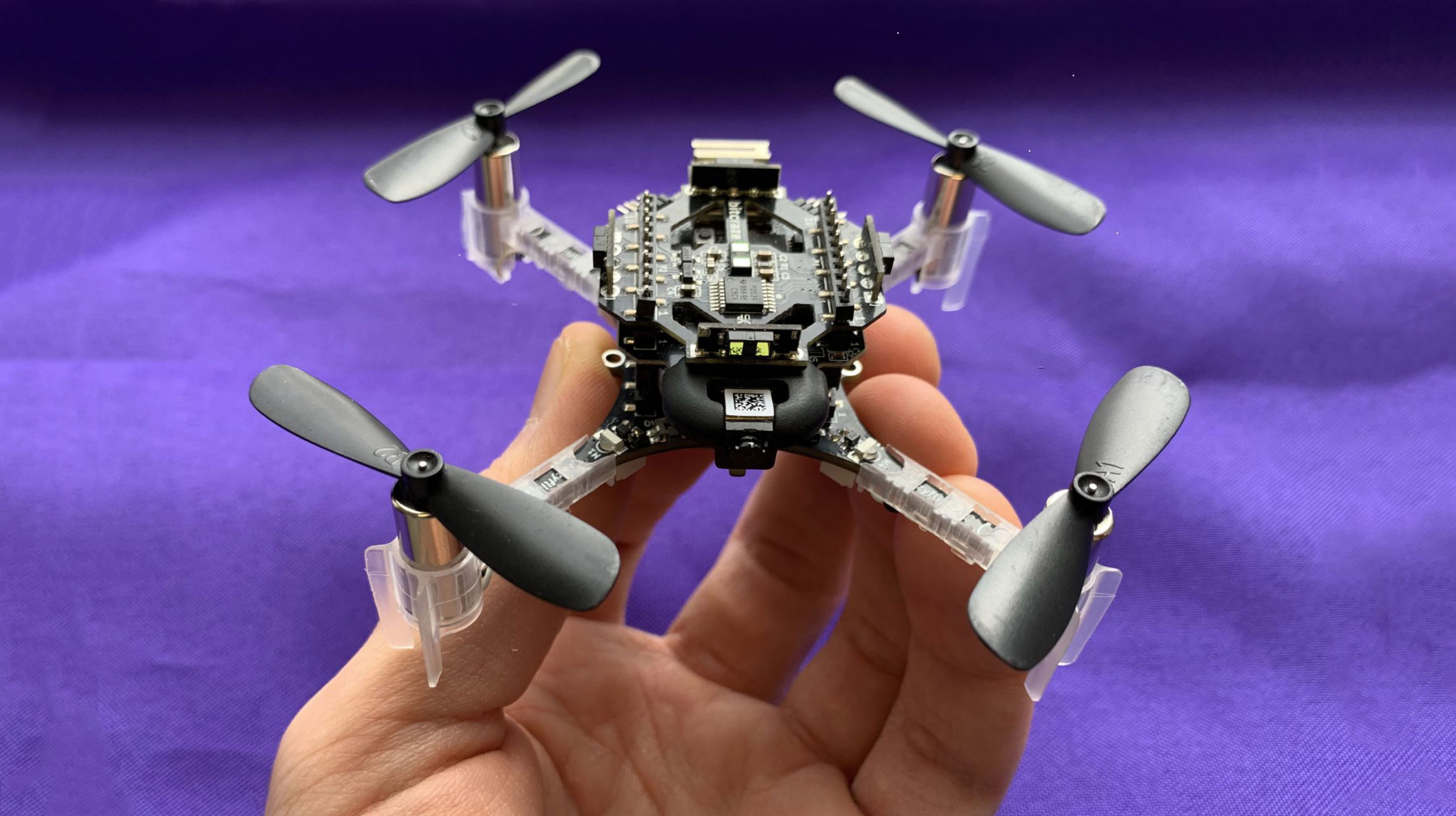
Researchers from Western University in London, Ontario, are testing drones paired with Bell’s wireless 5G connectivity to perform extensive commercial and non-commercial activities.
Led by Western University’s Faculty of Science industry-expert-in-residence and computer sciences professor Anwar Haque, the research aims to make drone usage a staple when it comes to tackling real-world problems like “hazardous space exploration, remote infrastructure inspection, cargo shipping, long-distance delivery, and home security.”
“It’s no longer a question of whether drones are the future,” said Haque. “Drones are the present and they are here to stay as part of our smart digital society.”
The idea of using drones for potentially hazardous tasks isn’t all that new. Drone Delivery Canada has been testing transporting dangerous goods for a while and has partnered with DSV Canada recently to establish a route to transport said goods within the DSV Air & Sea intra-site space in Milton, Ontario.
“Western [University] purchases drone bases and other parts from private companies and then assembles them from scratch so they can customize automation,” said a university spokesperson.
The drones are able to explore environments that would otherwise be potentially hazardous or unreachable to humans.
Additionally, according to Western, the drones aren’t controlled by a base station, and instead are pre-programmed and use sensors and AI (Artificial Intelligence) to gauge its surroundings.
“Our prototype has the capability to navigate through a previously unknown environment collision-free and return home to the user. This provides users with the foundation for safe means of data collection,” said Haque.
Western also has different drone prototypes for different kinds of environments. For example, the drone can be used for infrastructure inspection with an attached LiDAR sensor to track the infrastructure and avoid obstacles. AI also helps with image analysis to detect any damage or wear and tear in said infrastructure, making the job easier and cheaper than humans having to do it.
“Drone reliability is actually superior in terms of the accuracy of the data gathered during automated inspection,” said Haque. “There are also reduced costs when you consider staffing hours compared to manual inspection.”
Similar to Drone Delivery Canada’s operation, Western’s research also aims to tackle long-distance deliveries of medical equipment and necessities to remote locations using customized drones. However, current battery and charging constraints make it difficult for deliveries to take place with a single drone or within an acceptable time frame.
Haque and Master of Science (MSc) student Muhammad Zakar are trying to find a workaround to the limitations by using a three-part delivery system with different drones undertaking different segments of the delivery route. According to Western, the drones communicate with each other to confirm availability and coordinate handoffs. “This method ensures drones are available at the appropriate time for their segment of the delivery.”
The last aspect Haque and his team are researching is home security, an operation that drones aren’t necessarily associated with. MSc student Marlin Manka is assisting Haque with the operation, which will see mini-drones scanning key-interest areas in a house when it is unoccupied. The drones are pre-programmed to ignore friendly disturbances like household pets and other moving objects, like robo-vacuum cleaners.
“While the drone-based anytime-anywhere service industry is growing exponentially and getting hugely popular in both residential and business markets; the safety, security, and privacy aspects of these drone services should not be overlooked and must be carefully investigated for a sustainable drone future,” said Haque.
All Haque needs now are a couple of laser beams attached to the drones that can vaporize any intruder, and I’ll be down to test them out in my house.
Image credit: Western University
Source: Western University
MobileSyrup may earn a commission from purchases made via our links, which helps fund the journalism we provide free on our website. These links do not influence our editorial content. Support us here.


